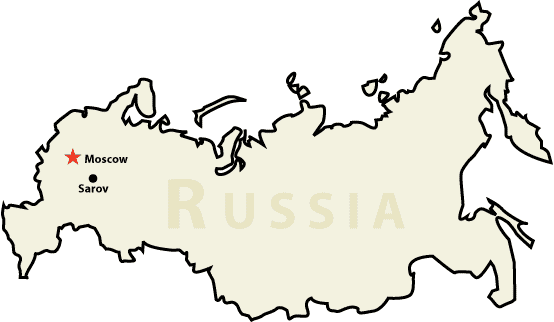Russia is said to be developing a home-grown supercomputer for military-industrial applications, according to a report in Prensa Latina. Ruselectronics CEO Andrei Zverev revealed that the state-sponsored electronics holdings company is coordinating with the Ministry of Industry and Commerce to create a 1.2 petaflop computer to serve the needs of the Russian defense industry.
“All of its processors and components will be designed in Russia,” the CEO said.
Zverev emphasized that the chips and associated componentry will likely be manufactured in southeastern Asian nations, but clarified that the intellectual property will be Russian-owned.
Russia not surprisingly is looking to gain independence from a supercomputing industry that is still largely driven by US-owned interests. They have the option to license the MIPS architecture like the Chinese do. China’s “Loongson” MIPS variants, designed by the Chinese Academy of Science, are currently in their third generation. They could also go the ARM route or could even join OpenPower Foundation, like Chinese startup Suzhou PowerCore, which is licensing Power8 from IBM and will be building its own variant.
In The Voice of Russia, President of the Inforus consortium Andrey Masalovich sketched out a potential strategy and timeline:
“The component base consists of three parts,” he stated. “We should invent and produce it by ourselves and also manufacture the equipment to produce it on. We have enough brain now, as well as processor architecture and programmable logic. So, in three-five years, Russian specialists can produce schemes on a level high enough to use them in multiprocessor computers. We are about five years behind in this department. Secondly, we need machines for production. China or any other country that does not like the US will be happy to sell them to us. And then these machines can be used in Russia for domestic production of hardware components with the use of imported equipment.”
Based on a statement from Kremlin economic adviser Arkadi Dvorkóvich, the first phase of Russia’s national program for the development of supercomputers was successfully carried out by the commission of modernization and technological development.
The defense-oriented computing project will be based out of Russia’s Federal Nuclear Center, located in Sarov, a “closed city” that has been called Russia’s Los Alamos. Last year, the site produced 21 compact supercomputers to support modeling and design work for the atomic, aeronautical and automobile sectors.
Founded in 2009 as part of the government-owned Rostec Corporation, Ruselectronics is responsible for approximately 80 percent of all Russian electronics components, helping to keep Russia free from foreign supplier dependence. The umbrella group currently consolidates 123 companies in the sectors of microwave engineering, semiconductor devices, materials and equipment.
Originally intended as a curator for Russia’s defense electronics, last December Ruselectronics launched a three-year, $35 million expansion into the civilian high-tech space. The holding asserts that using domestic components to manufacture high-tech products will reduce unit costs by an average of 20-27 percent. As part of this push, last week Ruselectronics announced plans to buy OAO Integral, a large microelectronics maker in Minsk, Belarus. After due diligence is completed, Ruselectronics could acquire a minimum 51 percent stake in Integral.



























































